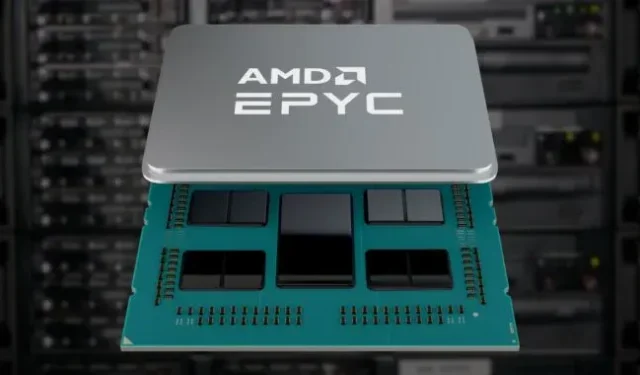Intel’s loss is AMD’s gain as EPYC server processors benefit from Intel delays

Technology company earnings reports this quarter have been mixed at best. Apple, Microsoft, Alphabet, and others have seen modest gains, while Meta and Nintendo have declined slightly, and most companies’ forecasts for the next quarter are also less than optimistic.
Intel was particularly hard hit, with revenue dropping from $19.6 billion in the second quarter of 2021 to $15.3 billion in 2022. consumer PCs, money invested in the launch of specialized Arc graphics products, and “competitive pressure”in the server processor market.
That competitor is AMD, whose EPYC line of server processors was just a bright spot for the company in a record-breaking quarter. Revenue increased from $3.9 billion in the second quarter of 2021 to $6.6 billion this year, with $673 million of that additional revenue coming from sales of EPYC’s processors and the company’s data center division. That’s a big deal for AMD, which had some success with its Opteron server processors back in the mid-2000s, but mostly lost that spot to Intel in the 2010s.
AMD’s consumer processors also generated more revenue this quarter, from $1.7 billion in Q2 2021 to $2.2 billion in 2022, which the company attributes to sales of Ryzen laptop processors. Gaming revenues also rose from $1.3 billion last year to $1.7 billion this year thanks to semi-custom chips built into consoles such as the PlayStation 5, Xbox Series S and X, and Steam Deck (and despite declining sales GPUs as the cryptocurrency mining boom subsides and graphics card prices are finally back to normal).
The Intel-AMD dynamics in server processors reflects the situation in consumer PCs a couple of years ago. Intel’s new generation “Sapphire Rapids”Xeon processors have been repeatedly delayed, enabling AMD to make headway in their EPYC server processors, first offering more processor cores than Intel and then outpacing Intel in single-threaded performance. Intel managed to change that dynamic somewhat in consumer PCs with its 12th Gen Core chips and Alder Lake architecture, but we’re still waiting for new server chips that could do the same.
Intel and AMD’s earnings reports have one thing in common: they both say the consumer PC market will continue to fall after a couple of years of pandemic-driven growth. AMD CEO Lisa Su predicted that the consumer PC business will shrink in the next quarter towards “mid-teens”, while Intel CEO Pat Gelsinger said that Intel’s OEM customers are “reducing inventory levels at a rate not seen in a decade.”However, the release of new processors from both companies is scheduled for later this year, with Ryzen 7000 series processors and 13th generation Intel Core processors expected in the fall.
Leave a Reply